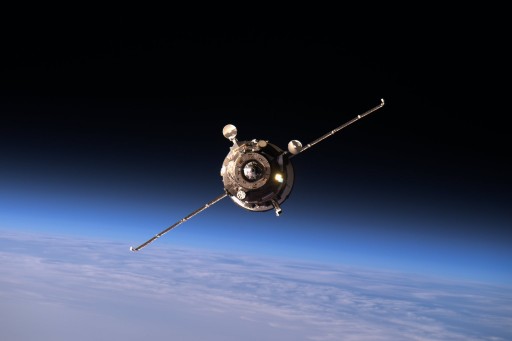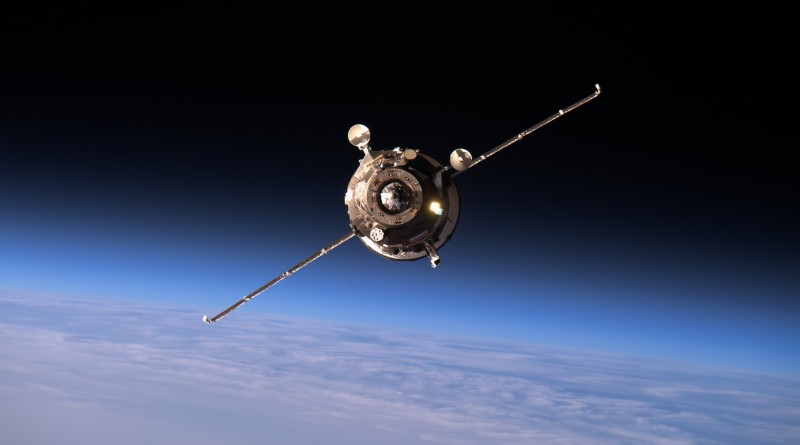Space Station completes scheduled Orbital Reboost

The International Space Station completed a scheduled reboost of its orbit on Wednesday, using the Progress MS-02 spacecraft to raise the Station’s orbit. Progress MS-02 arrived at ISS on April 2 after a two-day rendezvous, docking to the aft end of the Zvezda Service Module. Craft docked to Zvezda are primarily used for propulsive maneuvers given the positioning on the aft end of ISS, delivering a posigrade thrust component without re-orienting ISS.
Wednesday’s reboost was completed at 12:20 UTC and was 254 seconds in duration, increasing the station’s speed by 0.5 meters per second. Orbital tracking data showed the Space Station in an orbit of 401.9 by 405.5 Kilometers prior to the reboost and the maneuver raised the orbit by approximately 900 meters, according to the Russian Mission Control Center.
The Space Station regularly completes reboost maneuvers to maintain its orbital altitude around 400 Kilometers, countering a gradual decline in orbital altitude due to drag in the outermost layers of Earth’s atmosphere. Reboost maneuvers are also used to set up phasing for visiting vehicle arrivals and departures, to create the orbital geometry needed for efficient rendezvous maneuvers, especially for the crewed Soyuz craft that employ a six-hour launch-to-docking profile requiring a precise phasing setup.
Wednesday’s reboost was the first in a series to set up phasing for the landing of Soyuz TMA-19M and the launch of Soyuz MS-01, both planned in June.
ISS Operations – April 13, 2016
Rodent Research 3 (RR-3) Animal Transfer from Rodent Transporter to Rodent Habitat [Rodent Research 3, named after the sponsoring company Eli Lilly and Co., will conduct a close study of myostatin inhibition for the prevention of sekeletal muscle atrophy and weakness in mice during long-duration spaceflight. A rapid loss of bone and muscle mass is observed in astronauts during spaceflight, especially to the legs and spine at rates similar to atrophy in people with muscle-wasting deseases on Earth. The study makes use of mice as a model organism to examine the response to certain drugs preventing muscle or bone loss.]
Gecko Gripper Setup and Operations [The Gecko Gripper investigation tests a gecko-adhesive gripping device that can stick on command in the microgravity environment. Geckos have specialized hairs on their feet, known as setae, that allow them to stick to vertical surfaces and their stickiness does not wear over repeated use. The use of this type of technology is hoped to enable many new capabilities such as robotic crawlers that could grip to spacecraft exteriors, manipulator systems capable of catching and releasing objects, and sensor mounts capable of working on any surface.]
Ocular Health – Vision & Blood Pressure Measurements [OH is a human physiology study. Its full name is Prospective Observational Study of Ocular Health in ISS Crews. “The Prospective Observational Study of Ocular Health in ISS Crews (Ocular Health) protocol aims to systematically gather physiological data to characterize the Risk of Microgravity-Induced Visual Impairment/Intracranial Pressure on crewmembers assigned to a 6 month ISS increment,” the NASA experiment overview said. It is known that some (not all) astronauts in orbit experience changes in visual acuity (visual clarity) and intraocular pressure as a result of fluid shifts within the body as it is subjected to microgravity. About 20% is astronauts flying to ISS have reported these kinds of changes. Test subjects will undergo pre-flight, flight and post-flight testing of their eyes using a variety of techniques.]

